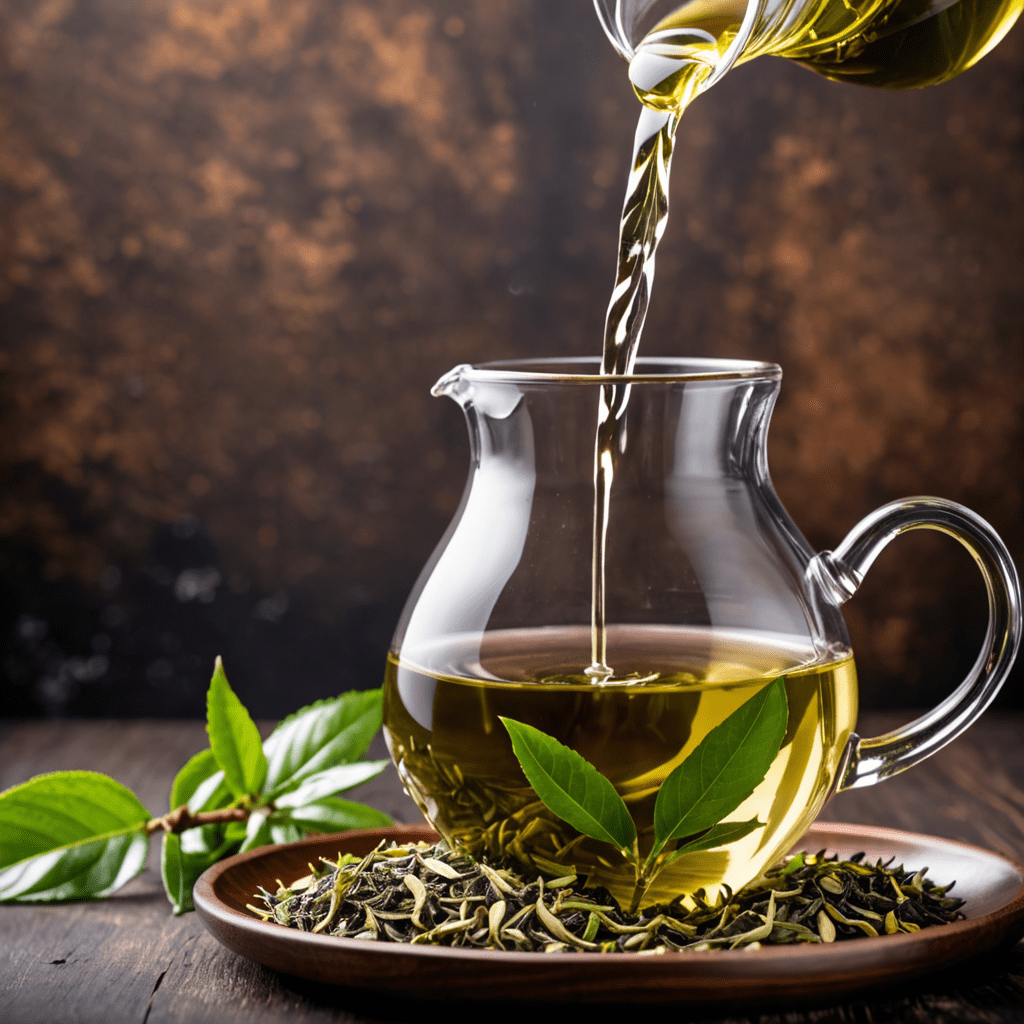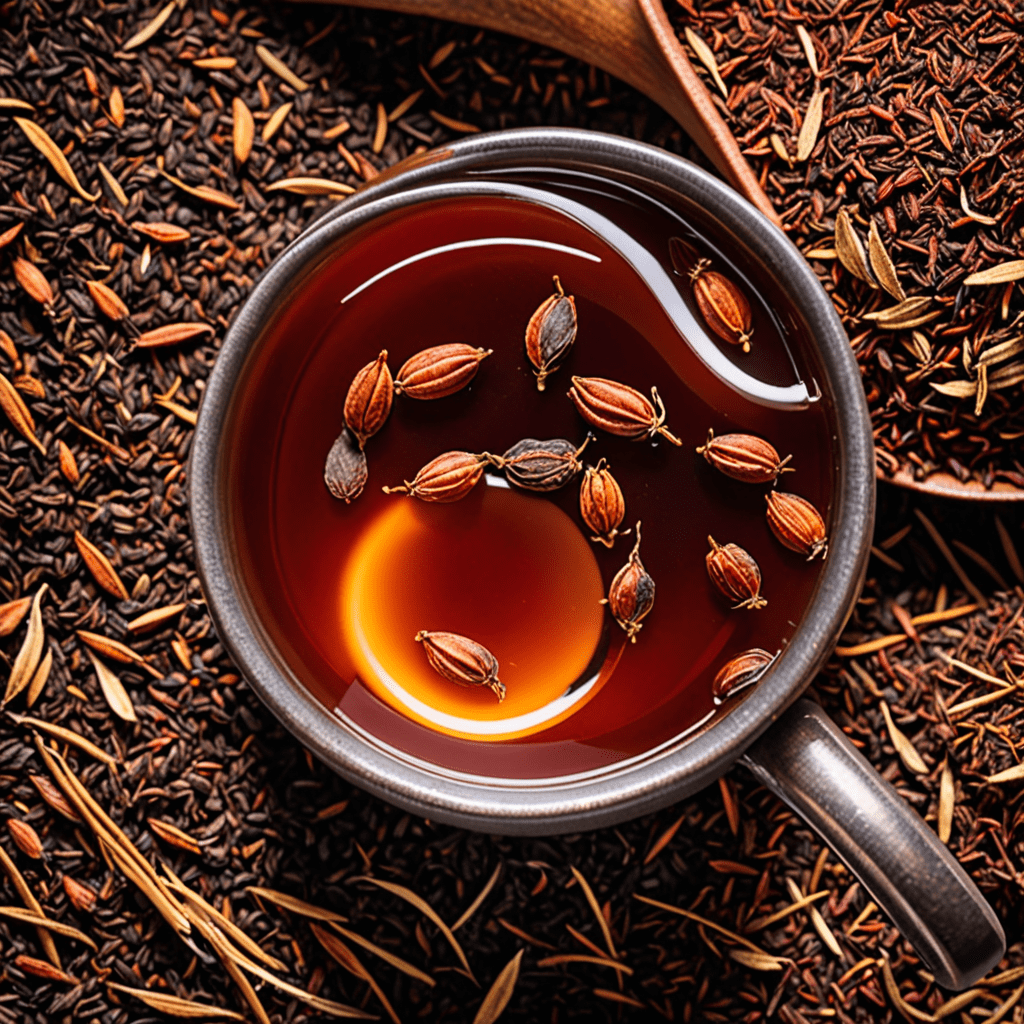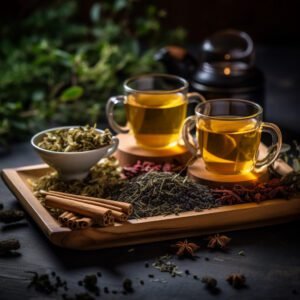
Exploring the Unique Qualities of White Tea Versus Green Tea
Introduction
Tea is a beloved beverage enjoyed by millions around the world. While white tea and green tea may look similar and both originate from the Camellia sinensis plant, they differ in terms of processing methods, taste profiles, and health benefits. In this article, we will delve into the distinctive features of white tea and green tea, helping you understand their differences and make an informed choice for your next cup.
1. Processing Methods
White tea and green tea are processed differently, which contributes to their contrasting flavors and characteristics.
White Tea
White tea is the least processed among all types of tea. It is made from the youngest leaves and buds of the tea plant, which are simply air-dried or slightly withered before being fired. This minimal processing preserves the natural flavor and delicate nuances of the tea.
Green Tea
Green tea undergoes a more extensive processing method, which involves withering, steaming or pan-frying, rolling, and drying. The leaves are heated shortly after being picked to halt oxidation, giving green tea its vibrant green color and fresh taste.
2. Taste Profiles
The processing methods of white tea and green tea contribute to their unique taste profiles.
White Tea
White tea is renowned for its subtle and delicate flavors. It often presents floral and fruity notes, with a mildly sweet and mellow taste. Due to its minimal processing, white tea retains a natural freshness and lightness that appeals to many tea enthusiasts.
Green Tea
Green tea offers a more vegetal and grassy taste. It can vary in flavor depending on factors such as cultivation region and harvesting time. Some green teas are described as having a nutty or seaweed-like flavor, while others may be more robust and slightly astringent. The taste of green tea can be refreshing and invigorating.
3. Caffeine Content
Caffeine levels in tea are influenced by various factors, including leaf quality, processing methods, and brewing techniques. While both white tea and green tea contain caffeine, their levels differ.
White Tea
White tea generally contains less caffeine than green tea. The young buds and leaves used for white tea production have lower caffeine content compared to the older leaves used for green tea. If you are sensitive to caffeine or prefer a milder stimulant, white tea might be a favorable choice.
Green Tea
Green tea typically contains a moderate amount of caffeine. The exact caffeine content can vary depending on factors such as tea variety and brewing time. Green tea provides a gentle energy boost without the jitters sometimes associated with higher caffeine levels.
4. Antioxidant Benefits
Both white tea and green tea are known for their antioxidant properties, which can have various health benefits.
White Tea
White tea is revered for its high concentration of antioxidants, including catechins and polyphenols. These compounds have been linked to potential benefits such as reducing the risk of chronic diseases, promoting heart health, and supporting immune function. White tea’s minimal processing helps to retain these antioxidants in their natural state.
Green Tea
Green tea is also rich in antioxidants, with a specific type called epigallocatechin gallate (EGCG) being highly prevalent. Numerous studies suggest that EGCG and other green tea antioxidants may have anticancer, anti-inflammatory, and metabolism-boosting effects. Including green tea in your daily routine might contribute to your overall well-being.
5. Brewing Techniques
Brewing white tea and green tea require different techniques to bring out their best characteristics.
White Tea
To brew white tea, it’s best to use water that is not boiling but heated to around 175°F (80°C). This lower brewing temperature helps to preserve the delicate flavors. White tea leaves should be steeped for a shorter duration, usually around 2-3 minutes, to avoid overpowering the flavors and developing bitterness.
Green Tea
Green tea is typically brewed at a slightly higher temperature, around 160-180°F (70-82°C), depending on the specific type. The brewing time for green tea ranges from 1-3 minutes. Steeping green tea for too long or using boiling water can result in a bitter and astringent taste.
6. Frequently Asked Questions (FAQ)
Q: Which tea has more health benefits, white tea or green tea?
A: Both white tea and green tea offer health benefits due to their antioxidants and other bioactive compounds. Choosing between them depends on personal preference and desired flavors.
Q: Does white tea taste different from green tea?
A: Yes, white tea and green tea have distinct taste profiles. White tea is known for its subtle, delicate, and mellow flavors, while green tea offers a more vegetal and refreshing taste.
Q: Does white tea have less caffeine than green tea?
A: Generally, white tea contains less caffeine than green tea. However, the exact caffeine content may vary depending on factors such as leaf quality and brewing techniques.
Q: Can I steep white tea and green tea together?
A: While it is possible to combine white tea and green tea leaves for brewing, it is recommended to steep them separately to fully appreciate their distinct flavors and characteristics.
Q: Are white tea and green tea suitable for weight loss?
A: Both white tea and green tea have been associated with potential metabolism-boosting effects. However, it is important to remember that no tea can replace a healthy diet and regular exercise when it comes to weight loss.
Q: How should I store white tea and green tea?
A: To preserve the freshness and flavors, white tea and green tea should be stored in airtight containers, away from light, heat, and moisture. It is best to consume them within a reasonable period to enjoy their optimal taste.
Now armed with knowledge about the differences between white tea and green tea, you can embark on your tea adventures with a deeper appreciation for these wonderful beverages.

